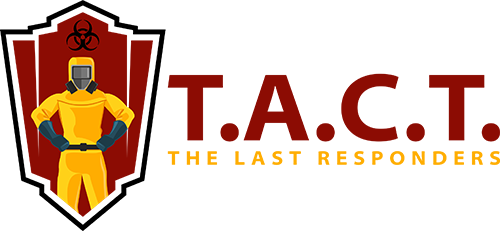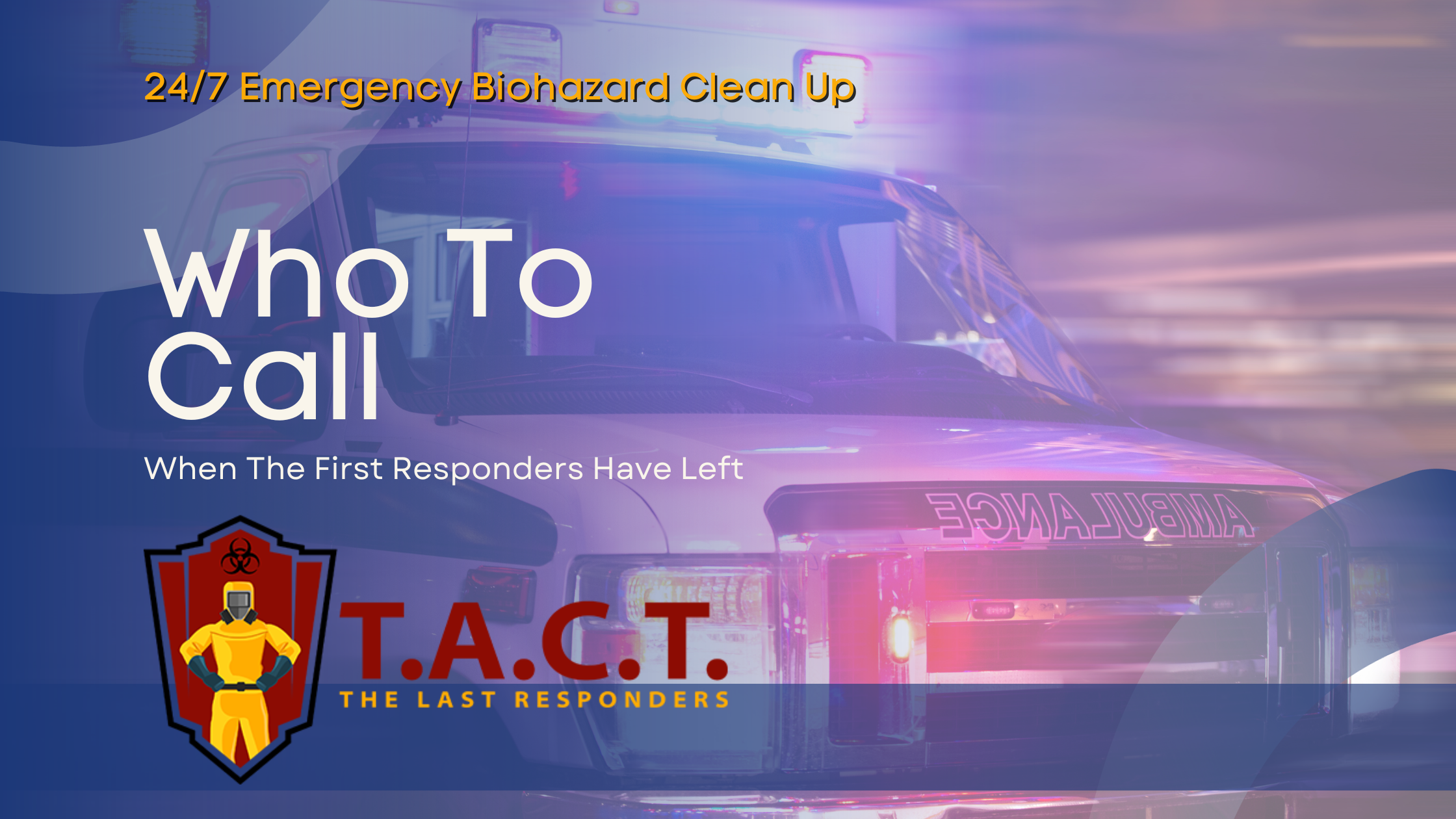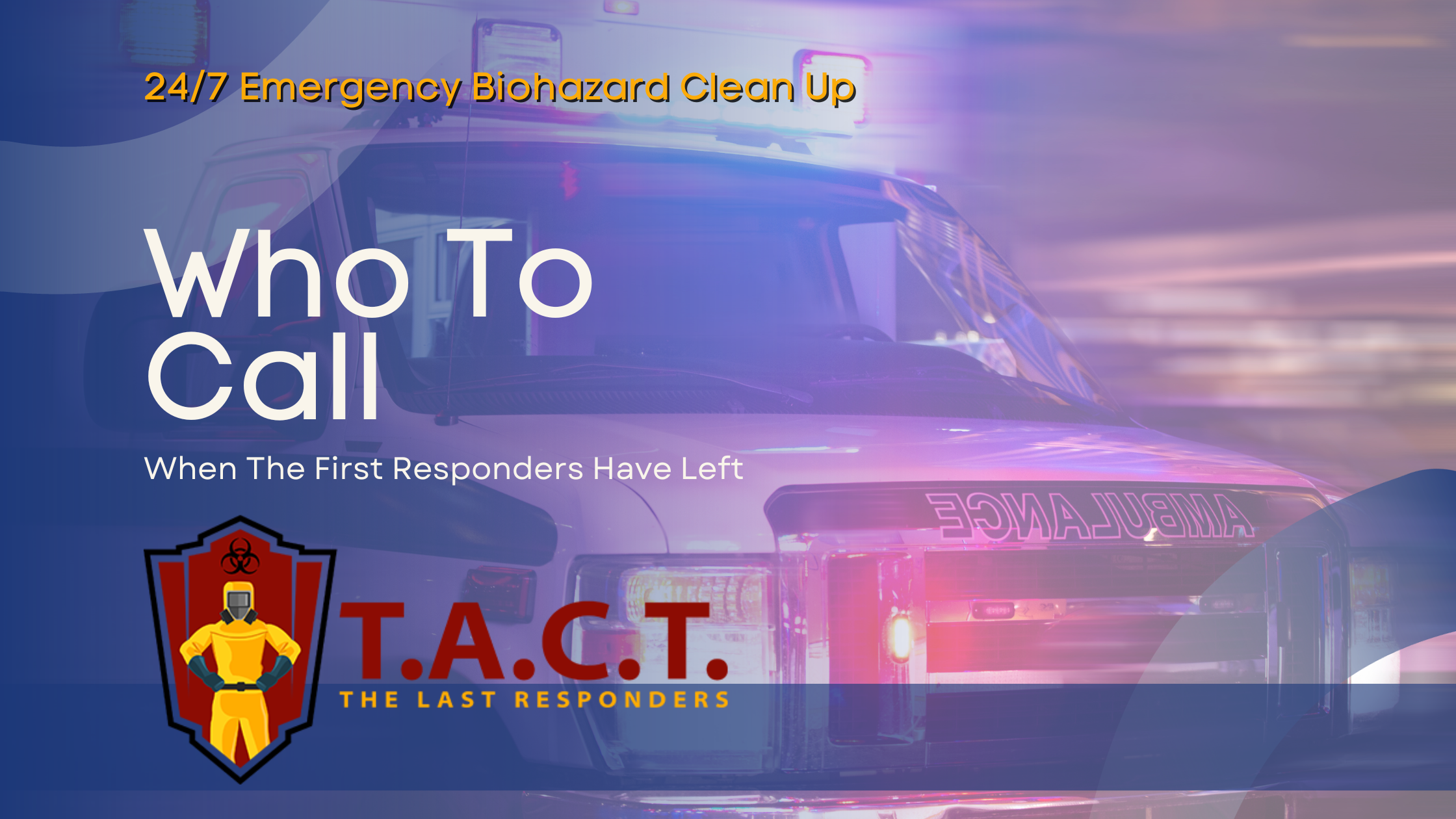Essential Hoarding Support for Families
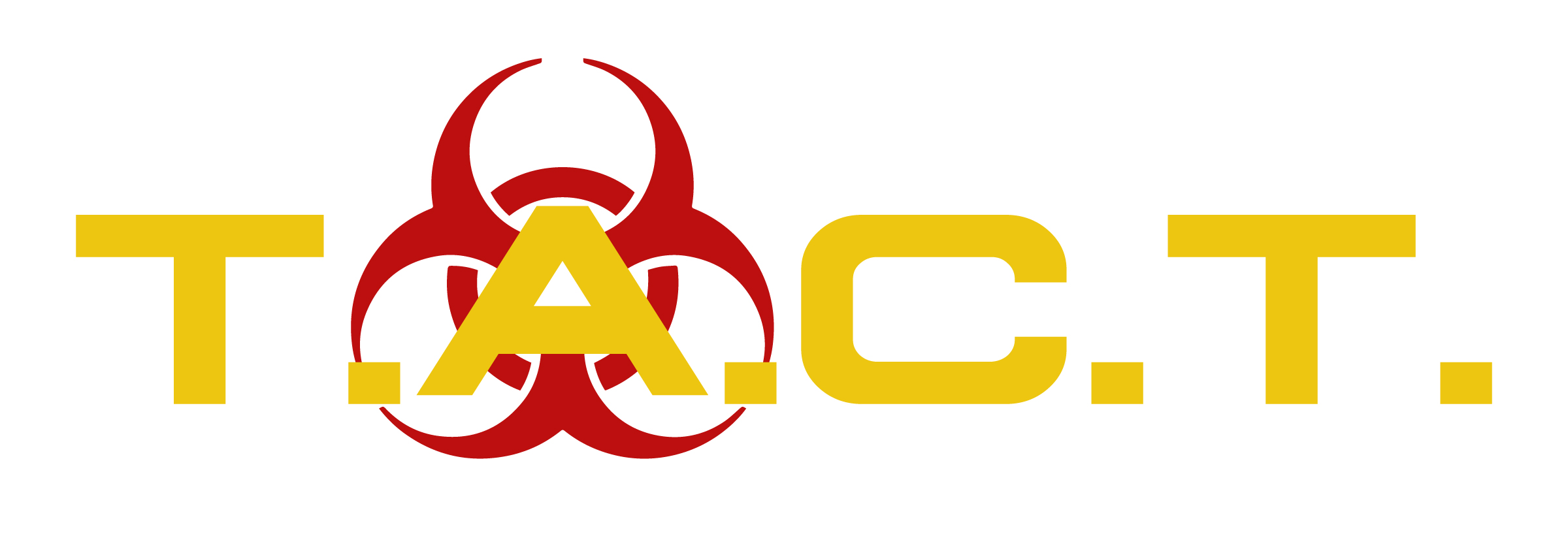
Essential Hoarder Helper: Support and Solutions for Families in Need
Hoarding disorder affects not just those who struggle with it, but also their loved ones. Its complex nature intertwines emotional, psychological, and physical components, creating challenging living conditions and strained relationships. For families watching someone they care about struggle, finding appropriate support can feel overwhelming.
This guide explores what hoarding disorder is, how to recognize its signs, the emotional toll it takes on families, and actionable steps to support loved ones. Whether you're seeking professional help or simply hoping to better understand this issue, we're here to provide compassionate and practical solutions.
Understanding Hoarding Disorder
What is Hoarding Disorder?
Hoarding disorder is more than occasional clutter or disorganization—it’s a persistent difficulty discarding possessions because of perceived emotional attachment or need. People with hoarding disorder often experience extreme distress at the thought of letting go of items, even when those items have little to no real value.
Hoarding isn’t about the monetary worth of an item; instead, the emotional significance is paramount. This attachment can cause individuals to hold onto an overwhelming array of objects, resulting in unsafe, unsanitary, or unusable living spaces.
Recognizing the Signs and Symptoms
The first step toward supporting someone with hoarding disorder is identifying the signs. Common symptoms include:
Cluttered and unsafe living environments that make moving through the home difficult or hazardous.
Excessive accumulation of items, often far beyond the needs of the household.
Difficulty parting with possessions, regardless of their value or usefulness.
Distress at the thought of removing items.
Avoidance of social interactions due to embarrassment about their living situation.
If you notice these signs in someone you care about, it’s important to approach the conversation with compassion and understanding.
The Impact of Hoarding on Families
Hoarding disorder doesn’t only impact the individual—it profoundly affects their families.
Emotional and Physical Consequences
Emotional toll: Loved ones often experience frustration, stress, and feelings of helplessness as they watch their family member struggle.
Health hazards: Piles of clutter can create fire risks, block exits, or hide mold, pests, and other sanitation issues.
Financial strain: The disorder can lead to lost income, employment difficulties, or even eviction if the clutter becomes unmanageable.
Relationship challenges: Hoarding behaviors can create tension, miscommunication, and estrangement among families.
These challenges highlight the importance of getting the right support for everyone involved.
Supporting a Loved One with Hoarding Disorder
Helping someone with hoarding disorder requires empathy, patience, and the right approach.
Approaching the Conversation
When raising the issue, avoid judgment or criticism. Instead, approach with empathy and care. Here’s how you can start the dialogue effectively:
Use nonjudgmental language to show genuine concern for their well-being.
Avoid forcing immediate change—taking over or pushing drastic action can lead to resistance.
Focus on their emotional struggles, not the clutter. Get to the root of why they find it hard to part with items.
Actively listen to their perspective, even if you don’t fully understand it.
Your goal is to create a safe, trusting space where your loved one feels supported, not attacked.
Encouraging Professional Help
Professional guidance is often key to recovery. Experts can help address the deep emotional and psychological components of hoarding disorder. Consider the following resources:
Cognitive Behavioral Therapy (CBT) to help modify thought patterns and coping mechanisms.
Support groups for both hoarders and their families to build community and share strategies.
Online resources and remote programs for accessible support, no matter where you are.
Treatment programs to establish new, healthier behaviors.
Gently encourage your loved one to seek help, letting them know professional assistance isn’t a judgment on them—it’s a step toward improving their quality of life.
Hoarding Cleanup and Organization
Clearing out a hoarded space can be overwhelming, but the right help makes a significant difference.
Professional Hoarding Cleanup Services
Professional cleanup services specialize in managing the emotional and physical challenges of hoarding cleanup. These teams provide a respectful, nonjudgmental approach while helping to restore safe, livable environments. Benefits of professional services include:
Comprehensive sorting and organization, helping clients decide what to keep, donate, or discard.
Deep cleaning and sanitizing to address health hazards.
Efficient trash and item removal, simplifying the process.
Empathetic guidance every step of the way.
Partnering with experienced professionals can transform a daunting process into one that feels manageable and empowering.
The Cleanup Process
Professional cleanup generally follows these steps to ensure an effective and compassionate approach:
Initial assessment to understand the scope of the cleanup and establish a plan.
Sorting and categorizing possessions to make decisions about keeping, donating, or discarding items.
Sanitizing and disinfecting the space to create a clean, healthy environment.
Transportation and removal of unwanted items, restoring functional living areas.
By working collaboratively with the individual and their family, professionals honor personal boundaries while improving safety and organization.
Additional Resources and Solutions
Along with cleanup efforts, families and individuals can access various support systems to maintain their progress.
Resources for Support
Ongoing organization services to maintain cleanliness and structure.
Support groups and forums for family members to share challenges and accomplishments.
Educational materials to deepen understanding of hoarding disorder and recovery strategies.
Treatment programs and counseling for long-term change.
Tackling hoarding disorder is a marathon, not a sprint. Using available resources makes navigating this path easier and more successful.
Hope and Progress Begin with Empathy
Hoarding disorder presents unique challenges, but with patience, compassion, and the right support, meaningful progress is possible. Recovery requires teamwork, both professional and personal, and small victories should be celebrated along the way.
At the heart of lasting change are empathy and understanding—two tools every family member can bring to their loved one’s recovery. If you or someone you know is facing this challenge, don’t hesitate to reach out for professional guidance and support.
Take the next step toward reclaiming control—contact our team of trained professionals today to begin the path to a cleaner, healthier home.
Latest news
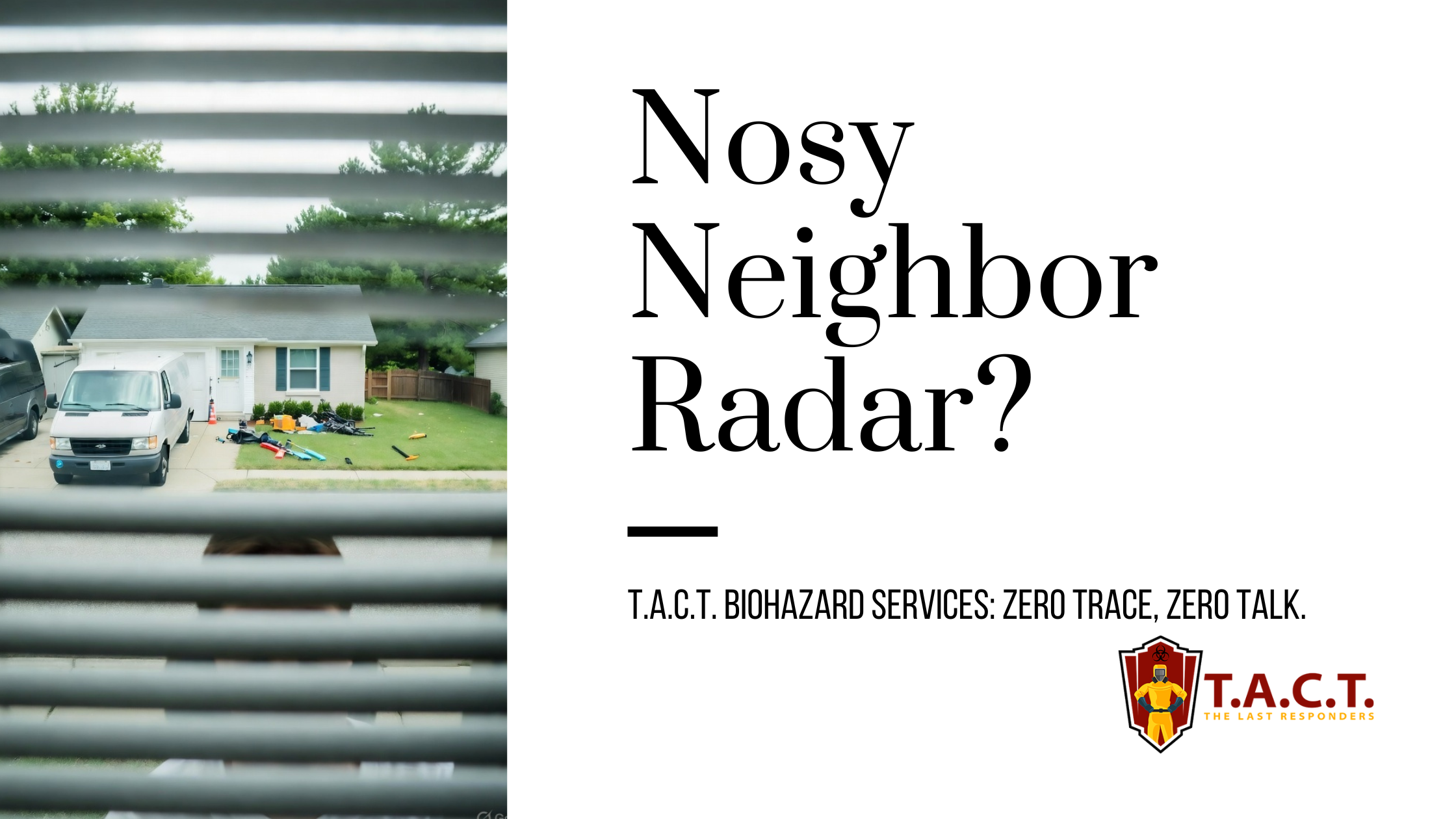
Nosy neighbors peeking? T.A.C.T. North Atlanta offers discreet biohazard remediation for rodent infestations, mold, hoarding, and more. Unmarked vehicles, quiet experts, full privacy—24/7 service at 470-781-4775.
Read More